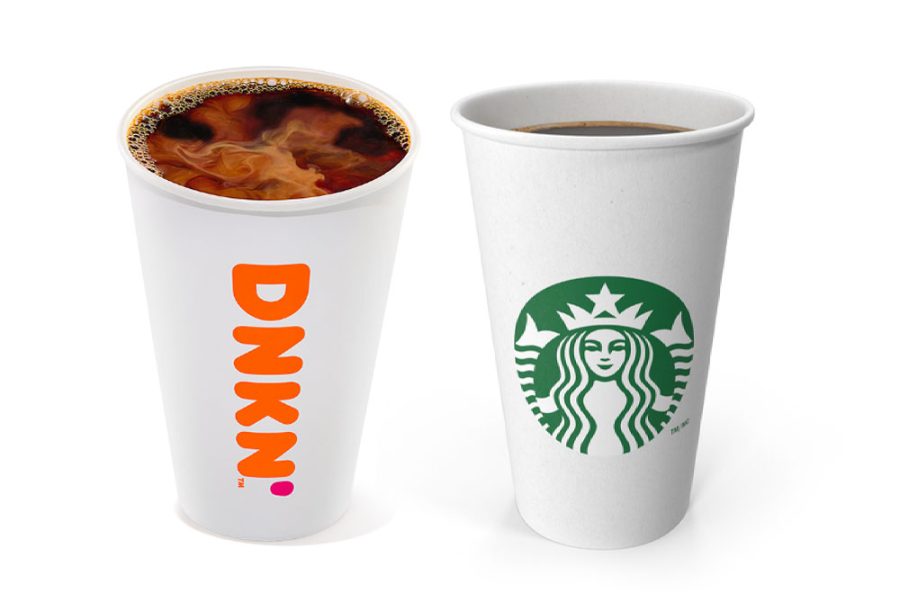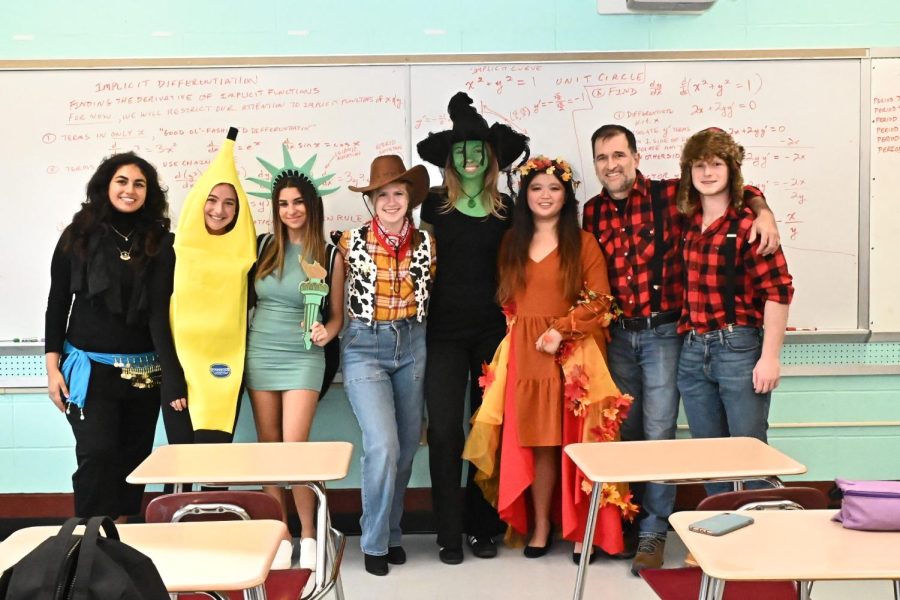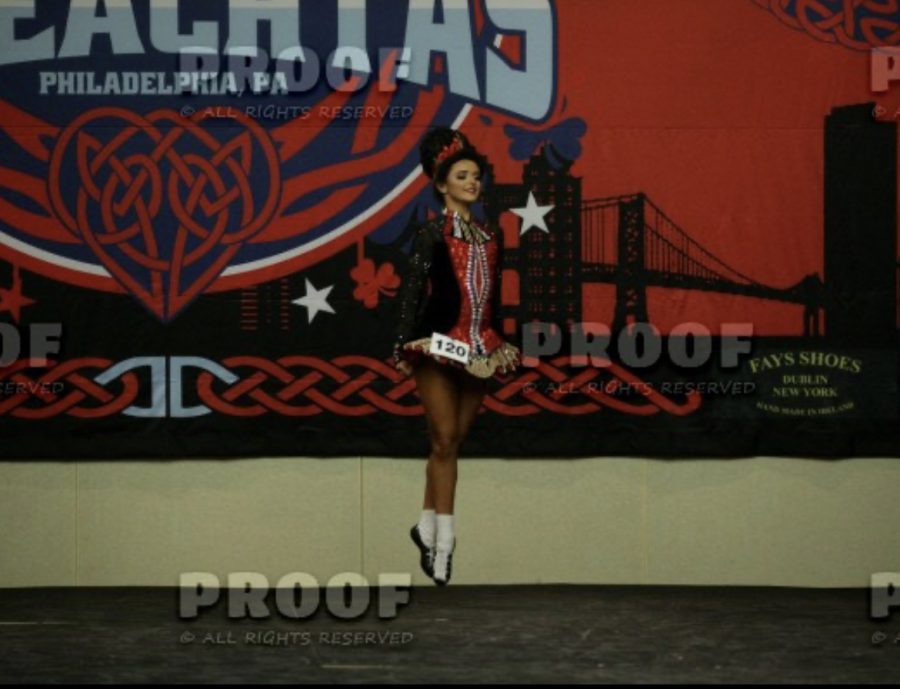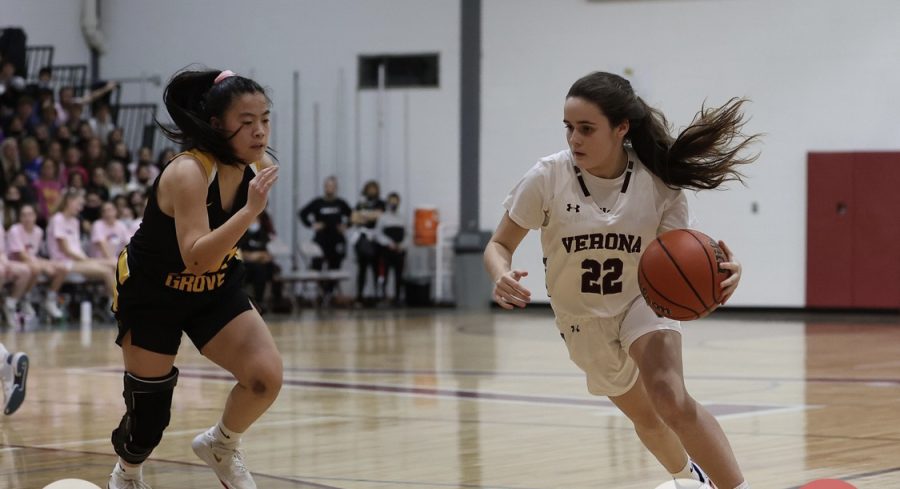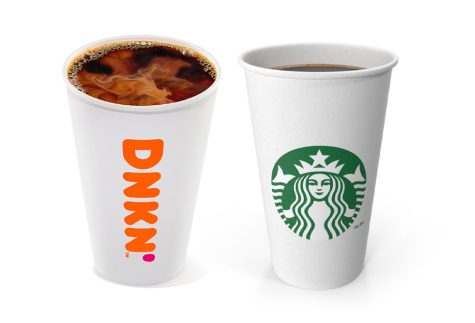Sometimes a Sugary Confection Is All We Need
You may have never heard of a “Lofthouse Cookie,” but you definitely know what they are: they’re “pink frosting sugar cookie” from Shoprite, the soft, cakey, infectiously sweet sugar bombs that come in a plastic clamshell. They’re about the size of one’s palm, with a vanilla base slathered in a dollop of fluffy pink frosting and a dash of rainbow sprinkles. They practically scream nostalgia, what with their melt-in-your-mouth texture and near sickening sugary flavor. Eating them is akin to an artificial-food coloring driven high, in which in a single moment nothing matters save the delectable, addicting, deadly Lofthouse cake-crack-cookie on your tongue, fading into cane sugar nothingness; they are the childhood you never truly had, the idealized vision of innocence, all sugar and no spice, all air with no substance, all dreams with no muddied shoes on the asphalt.
I’d never given the Lofthouse cookie much thought until recently, when I saw my first episodes of Miraculous: Tales of Ladybug & Cat Noir, better known as Miraculous Ladybug or simply Miraculous. I’d known of its existence for a few years, but nothing beyond that. As far as I was concerned, it was just another kids’ cartoon with little more than bright colors, loud catchphrases, and awkward teenage romance behind it — and when I gave into my sister’s pleas to watch an episode with her, I wasn’t proven wrong. Miraculous centers on Marinette Dupain-Chang, a teenage Parisian who just happens to have a double-life as a superhero named Ladybug. Along with her partner Chat Noir (Black Cat), she protects Paris from Hawkmoth, who can turn ordinary people into “evilized” supervillains by preying on negative emotions, such as anger, sadness, and fear. It’s Ladybug and Chat Noirs’ job to stop the evilized people by capturing the “akuma,” or the magic butterfly used by Hawkmoth to give others powers and turn them into his mind-controlled followers. Along the way, Ladybug and Chat Noir have to prevent Hawkmoth from obtaining their “Miraculouses,” or magic items that let them transform into superheroes — and prevent each other from learning their secret identities.
The premise is simple enough, then, and the show never strays far from it. Episodes follow a “monster of the week” formula, in which someone Marinette, Adrien (Chat Noir), or another cast member interacts with gives into negative emotions; Hawkmoth discovers their anger and fear, and akumatizes them; Ladybug and Chat Noir rush in to save the day, defeating the villain and capturing the akuma; Hawkmoth resolves he’ll get those darned kids’ Miraculouses one day, and peace returns until the next episode. The show does have some deeper lore behind it: gradually, we learn that there are more Miraculouses than Ladybug and Chat Noirs’, and each one has its “kwami,” or guardian spirit. With this, the cast expands, as Ladybug recruits more allies when Hawkmoth grows more powerful. We learn that Ladybug and Chat Noir have uniquely powerful Miraculouses, which when merged, grant the user one wish; Hawkmoth wants this wish for himself, and will stop at nothing to achieve his goal. We learn that Hawkmoth has allies of his own, and that the future could get rather messy if he gets his way, and his wish.
Taken together, though, there’s nothing particularly special about Miraculous’s worldbuilding, nothing deeply profound about the kwamis and their role in human history, nothing so unique about Hawkmoth that makes him different from other cartoon villains, nothing so remarkable about Ladybug and Chat Noir that make them stand apart from other teenage superheroes: they balance their double lives on top of their homework and (extremely complicated) love lives, all while trying to save the day every other week. Miraculous isn’t here to question the role of superheroes and supervillains, or what business two emotionally underdeveloped teenagers have being the “chosen ones;” it never probes how superheroes and supervillains might affect society, how it might be detrimental for a community to place its faith in its exemplar heroes alone. In the world of Miraculous, superheroes are needed to stop supervillains, and only superheroes have the power to do so. The show has its darker, more emotional moments, especially as the seasons progress, but at the end of the day, Miraculous is much lighter fare compared to its cartoon counterparts like Avatar: The Last Airbender, The Legend of Korra, or Adventure Time. We’re not here to look for what it means to exist as an exalted figure when everyone else is ordinary; we’re not here to see how being a superhero affects one’s humanity. We’re here to root for Ladybug and Chat Noir, and little more beyond that.
What, then, draws the viewer to Miraculous, in all its sizzle and fizzle and lack of good, hard, painful profundity? Paradoxically, it is its lack of thorny reality that makes Miraculous so appealing, what keeps the viewer coming back for more after each 20-minute episode. Miraculous revels in its own campiness, its own idealism, and in its shameless joy for the superhero genre — as well as the magical-girl anime it’s clearly influenced by — it is the animation for our times. Ladybug and Chat Noir have their signature catchphrases to transform (“Tikki, spots on!,” “Plagg, claws out!”) accompanied by their signature transformation sequences; they have their catchphrases in battle (“Lucky charm,” “Cataclysm!”); their signature dynamic, with Ladybug playing straight man and strategist to Chat Noir’s easy-going wisecracking; and at the end of the day, when Marinette shouts “Miraculous Ladybug,” we know that Paris is safe once more. Miraculous requires the viewer to suspend their disbelief and simply sink into a world where with the toss of the Lucky Charm into the air, Paris will be healed once more.
Indeed, it is the suspension of disbelief that makes Miraculous so addicting, in spite of its pacing issues, lack of clearly defined logic, or deep meditations on the human condition. The emotional core of the show is the “love square,” a convoluted set of crushes and friendships that make us beg for our two leads to finally, finally get together. Marinette is in love with Adrien, who only views her as a friend. But, Chat Noir is in love with Marinette’s alter-ego Ladybug — and in a delicious, maddening twist, the two can’t recognize each other in and out of costume. Marinette is in love with Adrien; Adrien, as Chat Noir, is in love with Ladybug; Ladybug isn’t attracted to Chat Noir, but Adrien; Chat Noir isn’t in love with Marinette, but Ladybug. This is the love square, which has its own relationship, or “ship” names, for each pairing (Adrienette, Ladynoir, Ladrien, Marichat), its own series of diagrams and charts (which only gets more complicated once “rival” potential love interests enter the fray), and even its own arguments (“Ok, just, like, objectively speaking, even though they’re the same people, Ladynoir is obviously better than Ladrien.”) This will-they-won’t-they dynamic is constantly played with by the writers, for to the audience, how could Adrien not recognize that it’s Marinette in Ladybug’s costume — she doesn’t look any different! But, Ladybug and Chat Noir can’t learn each others’ secret identities if they want to remain superheroes, and only by suspending our disbelief can we keep up three seasons and more to come of infuriating, heartwarming, Marinette/Adrien/Ladybug/Chat Noir interactions.
So, then, the stakes of Paris might be high with Hawkmoth on the loose, but for the audience, the stakes are much higher wondering whether Marinette and Adrien will finally fall for each other, and overcome their writer’s-room induced cluelessness. There’s no way that they won’t — it’s just a matter of time, and we have to accept that. It’s true that there’s more Miraculous coming down the pipe, and with at least a season six to come (we’re on season three now), it’s possible that the atmosphere of the show could become more moody and reflective as time passes and the clock runs down on stopping Hawkmoth. But, the heart of Miraculous is in its winking camp and undivided focus on its leads someday getting together. Pair this alongside slick 3-D animation (yes, 3-D TV cartoons can look good now) that lends itself exceedingly well to dynamic action sequences, expressive anime-influenced character designs, and some rather creative monsters-of-the-week, and Miraculous hits the magic mark between angst and fluff to create a Paris that’s less harsh, less dirty, less rainy and grim than the real city, and make sure the audience is fully engaged with it.
Which brings us back to the Lofthouse cookie. The Lofthouse cookie may not present much in terms of nutritional value, being little more than sugar, butter, flour, eggs, sprinkles, and maybe some more sugar for good measure. One can become nauseous eating too many of them, as their undiluted sweetness can upset the stomach. But, food cannot be measured by its nutritional value alone to gauge its merit, how many complex carbs, complete proteins, or insoluble fibers it has. Food has cultural and historical value, additional context that turns the Lofthouse from a Shoprite boogeyman into a symbol of a childhood too good to be true, and it’s impossible not to give in and take a bite. After all, it would be, strictly speaking, miserable for the only food on our plates to be grilled chicken and roasted veggies, and lack for chocolate, for cake, for pie, for all the desserts that light up our brains’ endorphin systems and put a smile on our faces with their soft textures and sweet flavors.
Such is true with Miraculous. Do we “need” the story of Ladybug, Chat Noir, and their hair-splitting love square? Do we “need” its improbably clean Paris, its comfortably archetypal characters? Perhaps not. But, in a year of unrelenting hardship and suffering, in which a microscopic ball of RNA and protein has turned our world upside-down, maybe it’s best to take a minute away from what is Deep and Profound and Meaningful, and sink into something kinder, something more comforting — something with stakes, yes, but stakes akin to high school romance, not the end of the free world. Just like the macarons made in Marinette’s family bakery, or the Lofthouse cookies that sit to tempt the buyer on the Shoprite shelves, Miraculous is flashing lights, bright colors, and a beacon of warmth for when we need it the most. It is the Lofthouse cookie for our turbulent times — and I wouldn’t have it any other way.


